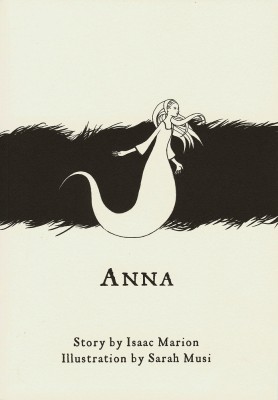Date Read: 6.11.09 (reread)
Book From: Personal collection
Reviewer: Emera
I must have picked this up at a used book sale a little while ago and forgotten that I had done so, because I found it on my shelf with no distinct memory of having acquired it – something that has been occurring with increasing frequency lately. Whoops.
The Midwife’s Apprentice is a medieval coming-of-age story, the story of a nameless girl picked up out of a dungheap by a sharp-tempered, greedy midwife. Christened Beetle by the midwife, she begins by sweeping floors and running menial errands, but begins to realize that she has more wits than the rest of the world gives her credit for.
I first read this in about fifth grade, but never liked this as much as Catherine, Called Birdy, Karen Cushman‘s other medieval historical fiction, although Midwife won the Newbery Medal. (Catherine “only” won the Honor.) Even at that age, I found the Moral at the End of the Story a little offensively obvious; Cushman also fell prey to the lesson-in-your-face YA tactic in Catherine, but that book’s greater narrative heft makes it more forgiveable.
However, The Midwife’s Apprentice is still an extremely enjoyable read. It’s very effective in creating a sense of space and slowly passing time despite its slim size, and there are quite a lot of wryly funny parts that I forgot. And Cushman’s attention to the details of medieval life is always extremely rewarding and fun – she creates a uniquely lively, earthy, and warm atmosphere, painting colorful pictures of village life, market fairs, and the breathtakingly detailed esoterica of the midwife’s trade, which employs ingredients from crushed emeralds to murderer’s wash-water. Her characters similarly have great warmth, and she effectively plays a broad emotional range over the course of the story. Overall, a very fun and feel-good read.
Go to:



